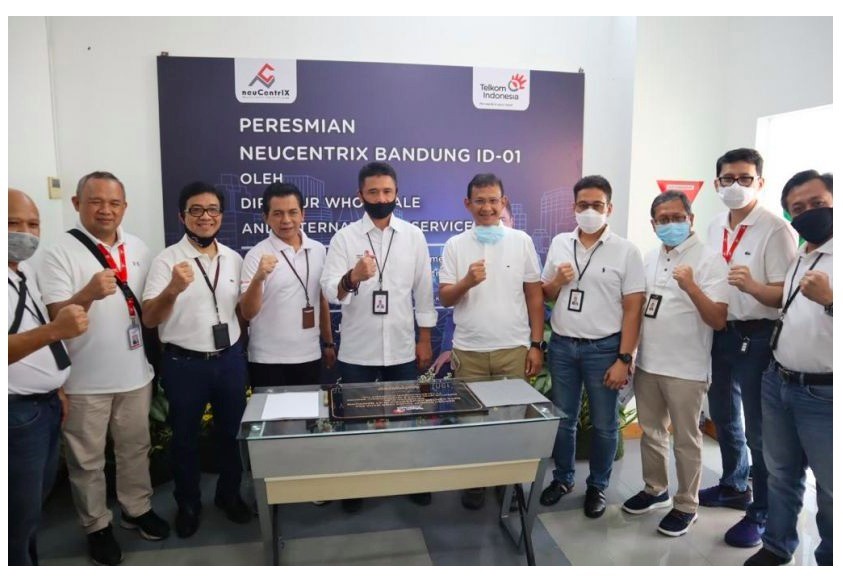Getting to Know The Internet Protocol and IP-Based Interconnection

Have you ever wondered how the internet works? How do data move around the internet? The Internet is often described as a network of networks. No single network is big enough to connect all the devices in the world, so networks need to be able to interconnect. To understand how the internet works and how networks interconnect, we’ll take a closer look at Internet Protocol (IP) and IP-based interconnection types.
The Internet Protocol
You must be familiar with the term IP, but do you really know what IP is? We’ll break it down for you. IP is a set of rules which controls the data formatting, addressing, and routing, so that they can travel across networks and arrive at the correct destination. When data is travelling around the internet, it’s divided into smaller pieces, called data packets. Each data packet has information attached to it, called IP information — information about where the packet is going to, where it’s from, and how to reassemble it. IP information contains the IP addresses (unique addresses that identify a device or a domain that connects to the internet) of the requesting and the destination web server/device to help routers send the packet to the right place.
Another term we’ll break down is IP network. According to Techopedia, an IP network is a communication network that uses IP to send and receive messages between one or more devices. As one of the most commonly used global networks, an IP network is implemented in Internet networks, LAN, and enterprise networks. The Internet is the largest and best known IP network.
IP-Based Interconnection
Now, let’s take a look at how IP networks connect with each other. IP-based interconnection is usually arranged in two ways.
IP Transit
Simply put, IP Transit is a paid service that allows a network to connect to other networks on the internet through a “transit” network. A network with smaller and more limited reach can rely on another network with greater reach — called a transit provider or upstream provider — as a third party to forward its internet traffic to the intended destination. In this arrangement, the transit or upstream provider usually charges the smaller network a fee based on the amount of traffic forwarded.
There is, however, one drawback of this arrangement. Sometimes, the route from one network to its destination is indirect, so the data that travels has to go through several intermediary networks before it eventually arrives.
IP Peering
IP Peering is when two networks agree to directly connect with each other and exchange traffic for mutual benefits. Due to this direct interconnection, the two networks involved don’t have to rely on a third party to carry the traffic across the internet for them. What’s more, the data sent between them won’t have to go through intermediary networks on the way.
IP Peering is usually settlement-free, so no money is exchanged between the two networks. However, in some cases, networks have to pay a monthly charge to peering facilitators such as to Internet Exchange providers. An Internet Exchange is a space where networks can peer with up to hundreds of other networks using private or public peering.
IP Transit vs IP Peering
IP Transit and IP Peering are different in several ways including in their business arrangement. While IP Transit is a paid interconnection, IP Peering is settlement-free. However, each has its own pros and cons. To suit their needs and preferences, modern networks — ISPs, hosting providers, content publishers, content application providers, etc. — usually rely on a combination of the two interconnection types to connect to the internet.

















